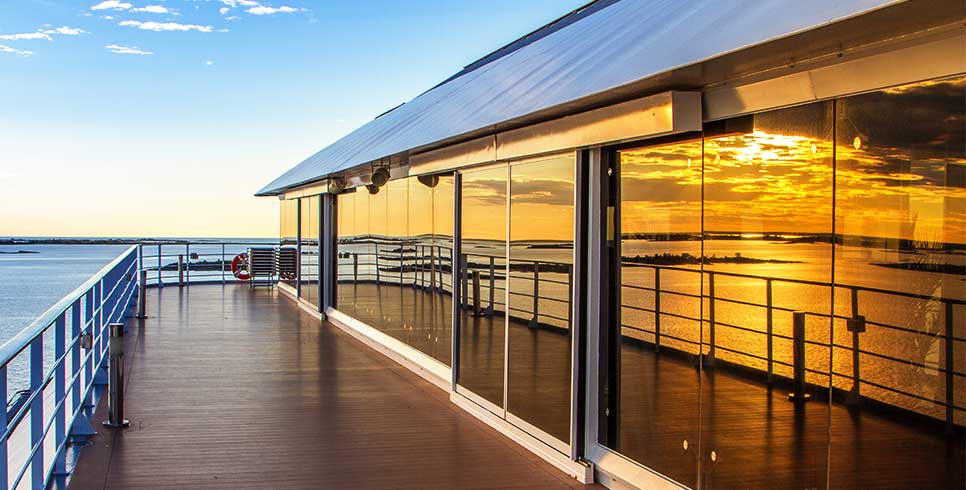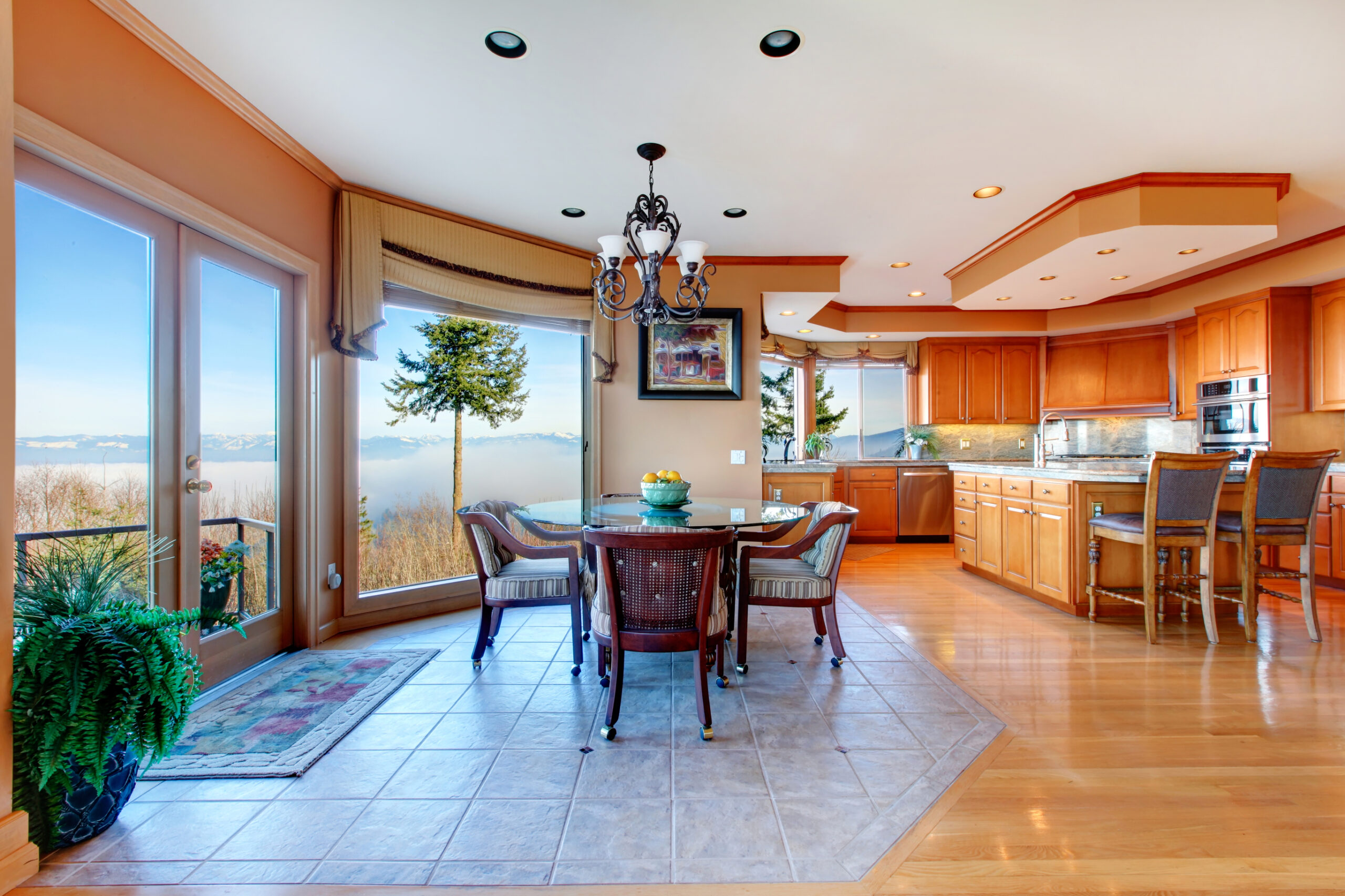Like any great restaurant owner, you have a lot of plates in the air. Between establishing and maintaining a cool ambiance, serving quality food and recruiting experienced staff, you may feel as if you’re burning through money. Trying to become more energy efficient would just be another weight on your shoulders. But, running an energy-smart eatery doesn’t have to be stressful. In fact, with these baseline tips, you’ll start seeing some dough roll back in.
You can cut utility costs by 10 to 30% if you strategically invest in energy efficiency, according to energystar.gov. By implementing Energy Star’s recommended tips, including the ones below, you can reduce energy costs by up to 20%. That kind of savings can lead to as much as a 30% increase in profits.
 1. Serve Something Light: It’s almost too easy, but replacing incandescent bulbs with compact fluorescent light bulbs (CFLs) can save energy with little effort. CFLs use nearly 80% less energy, which can save you up to $75 for every five bulbs swapped out. Plus, they last at least three times longer than incandescent alternatives. Your EXIT signs could even use a change. For these brighter luminaries, use light-emitting diode (LED) bulbs.
1. Serve Something Light: It’s almost too easy, but replacing incandescent bulbs with compact fluorescent light bulbs (CFLs) can save energy with little effort. CFLs use nearly 80% less energy, which can save you up to $75 for every five bulbs swapped out. Plus, they last at least three times longer than incandescent alternatives. Your EXIT signs could even use a change. For these brighter luminaries, use light-emitting diode (LED) bulbs.
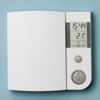 2. Set the Timer: Instead of manually adjusting your heating and cooling system each day, use a programmable thermostat that you can set and forget. A smart thermostat can automatically adjust the temperature based on your restaurant’s operating hours. With heating and cooling accounting for the majority of your utility bill, there’s a lot of savings to be had from efficiently controlling your restaurant’s climate.
2. Set the Timer: Instead of manually adjusting your heating and cooling system each day, use a programmable thermostat that you can set and forget. A smart thermostat can automatically adjust the temperature based on your restaurant’s operating hours. With heating and cooling accounting for the majority of your utility bill, there’s a lot of savings to be had from efficiently controlling your restaurant’s climate.
 3. Place an Order for Shade: Speaking of climate control, what are you doing about that midday glare? Professionally-installed window film can block up to 99% of the sun’s rays, naturally keeping your restaurant cooler and customers more comfortable without turning up the A/C. And no matter what time of day, customers won’t need to squint, making it easier for them to enjoy their dining experience.
3. Place an Order for Shade: Speaking of climate control, what are you doing about that midday glare? Professionally-installed window film can block up to 99% of the sun’s rays, naturally keeping your restaurant cooler and customers more comfortable without turning up the A/C. And no matter what time of day, customers won’t need to squint, making it easier for them to enjoy their dining experience.
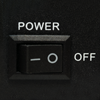 4. Cut the Power: Chances are you leave appliances on even when they aren’t being used. Power down ovens, toasters, and even cash registers when you don’t need them. If you have refrigerators or freezers that consistently remain half-full, condense all the food into fewer units and shut off these under-utilized energy-eaters.
4. Cut the Power: Chances are you leave appliances on even when they aren’t being used. Power down ovens, toasters, and even cash registers when you don’t need them. If you have refrigerators or freezers that consistently remain half-full, condense all the food into fewer units and shut off these under-utilized energy-eaters.
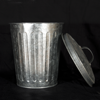 5. Take Out the Trash: Whether it’s an extra refrigerator you’ve been holding on to, a mediocre exhaust hood or a 10-year-old dishwasher, you likely have at least one large, energy-draining item that needs to be thrown out. If it’s a necessary appliance or ventilation system, be sure to replace the old unit with an ENERGY STAR certified version. A good example would be replacing an outdated dishwasher with an insulated or infrared gas model for optimum energy savings.
5. Take Out the Trash: Whether it’s an extra refrigerator you’ve been holding on to, a mediocre exhaust hood or a 10-year-old dishwasher, you likely have at least one large, energy-draining item that needs to be thrown out. If it’s a necessary appliance or ventilation system, be sure to replace the old unit with an ENERGY STAR certified version. A good example would be replacing an outdated dishwasher with an insulated or infrared gas model for optimum energy savings.
Some energy efficient enhancements will come with a greater financial investment initially. However, with the possibility of a cleaner, more comfortable dining experience and happier, more productive employees, you can’t afford not to invest in some of these simple energy-saving tactics.


